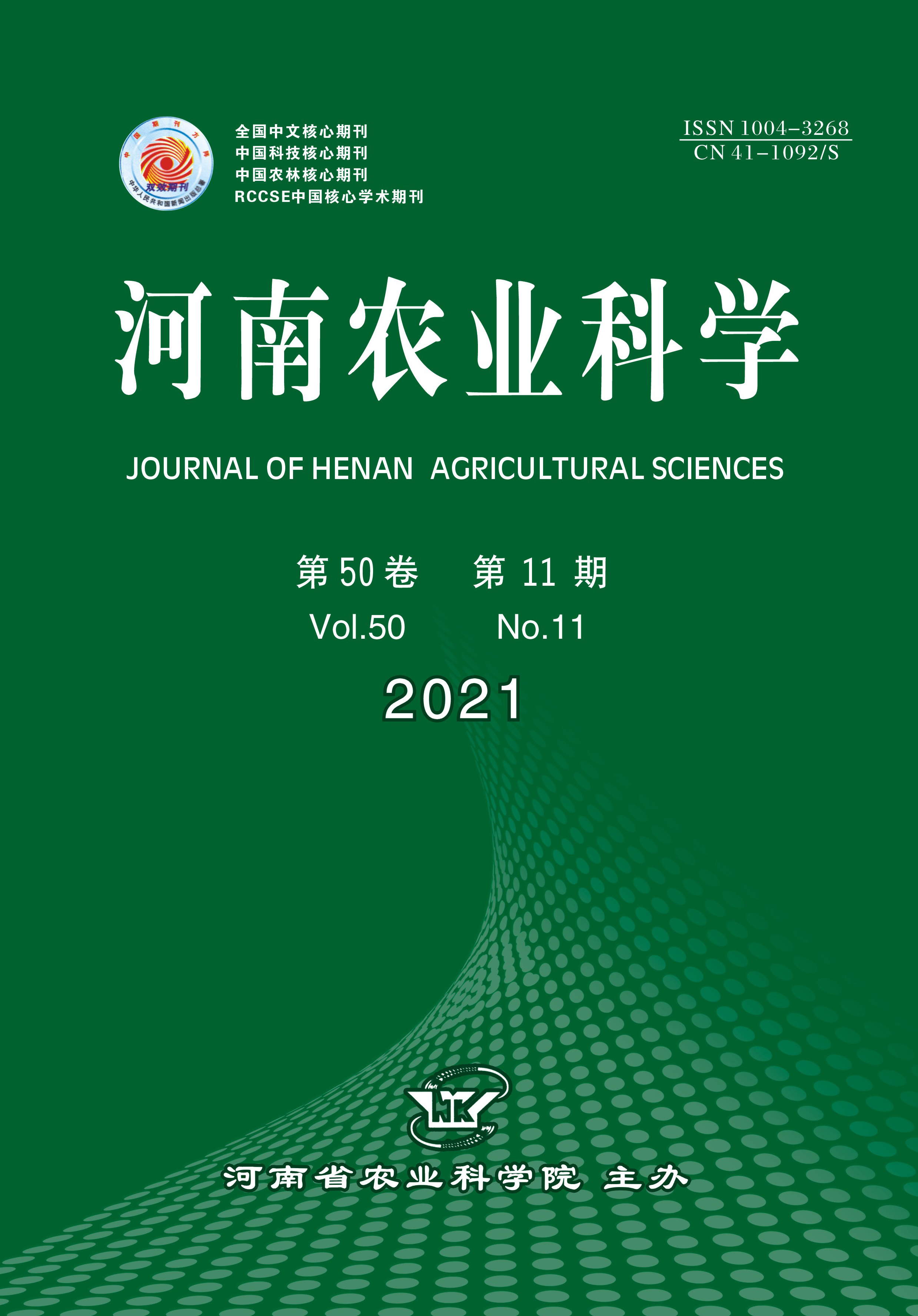-
Transcriptome Analysis of Nanocellulose‑Fe Chelate Correcting Iron‑deficiency Chlorosis of Pear
- GUO Xianping, BIAN Yiwei, WANG Dongsheng, WU Zhongying, WANG Hezhong, LIAN Xiaodong, GUO Peng
-
2021, 50(11):
117-129.
DOI: 10.15933/j.cnki.1004-3268.2021.11.014
-
 Asbtract
(
)
Asbtract
(
)
 PDF (4905KB)
(
)
PDF (4905KB)
(
)
-
Figures and Tables |
References |
Related Articles |
Metrics
In order to explore the molecular mechanism of nanocellulose‑Fe chelate correctingiron‑deficiency chlorosis of pear,Pyrus betulifolia leaves with iron‑deficiency chlorosis obtained by hydroponics was treated with 4 mmol/L of FeSO4(T1)and nanocellulose‑Fe chelate in which nanocellulose and FeSO4 were chelated at a charge ratio of 1∶3 000(T2)by spraying method. Deionized water was served as control(CK).The active iron content,SPAD and net photosynthetic rate of the leaves were determined after 72 h of treatment,and the leaves transcriptome was sequenced and analyzed.The results showed that the active iron contents of T1 and T2 were significantly increased by 110.7% and 235.8% compared with the control,the SPAD values were significantly increased by 26.1% and 61.7% respectively,the net photosynthetic rates were significantly increased by 70.1% and 98.5%,respectively,and there was a significant difference between T1 and T2. The transcriptome sequencing results showed that T1 vs CK and T2 vs CK had 1 033 and 1 943 differentially expressed genes,respectively.GO functional enrichment analysis showed that the number of GO items enriched in T2 was all greater than T1 in molecular function,cell composition and biological process,mainly involving metal ion fixation,oxidation‑reduction process,chloroplast,photosynthetic light harvesting. KEGG enrichment analysis found that only 55 differentially expressed genes of T1 were annotated into 4 pathways,and 712 differentially expressed genes of T2 were annotated into 18 pathways compared with the control. These differentially expressed genes were mainly involved in photosynthesis‑antenna proteins,photosynthesis,carbon fixation in photosynthetic organisms,and metabolic pathways.According to the analysis of gene expression level of Pyrus betulifolia ferritin gene family,four ferritin genes of T2 were all highly expressed than those of T1. In the pathways of photosynthesis-antenna protein and photosynthesis,the expression levels of 58 genes in T1 and T2 were up-regulated compared with the control,and the expression levels of 56 genes in T2 were higher than in T1.The results of the expression patterns of eight selected differentially expressed genes verified by qRT-PCR were all consistent with the results of RNA-Seq analysis.Comprehensive analysis showed that spraying nanocellulose-Fe chelate could mobilize more genes and metabolic pathways,enhancing its recovery ability from iron-deficiency chlorosis of pear.
